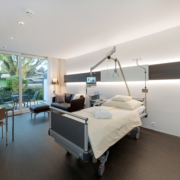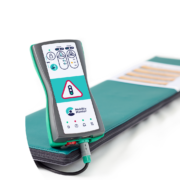Mobility Monitor data for case discussions
Mobility Monitor data for case discussions: effective tools to improve the quality of sleep of people with dementia.
Download the fact sheet here.
Nursing 07/2017, Heidrun Gattinger, Magdalena Osinska, Carola Maurer, Mario Stark, Virpi Hantikainen






